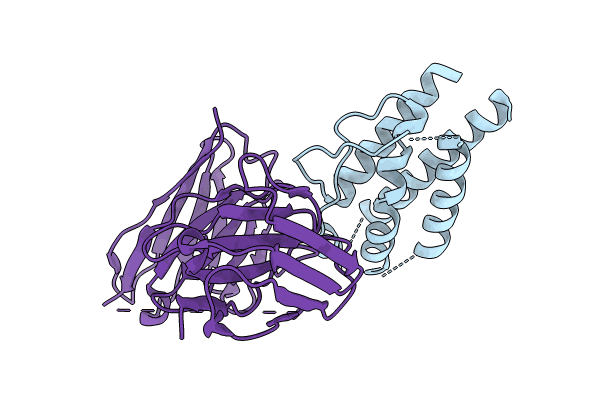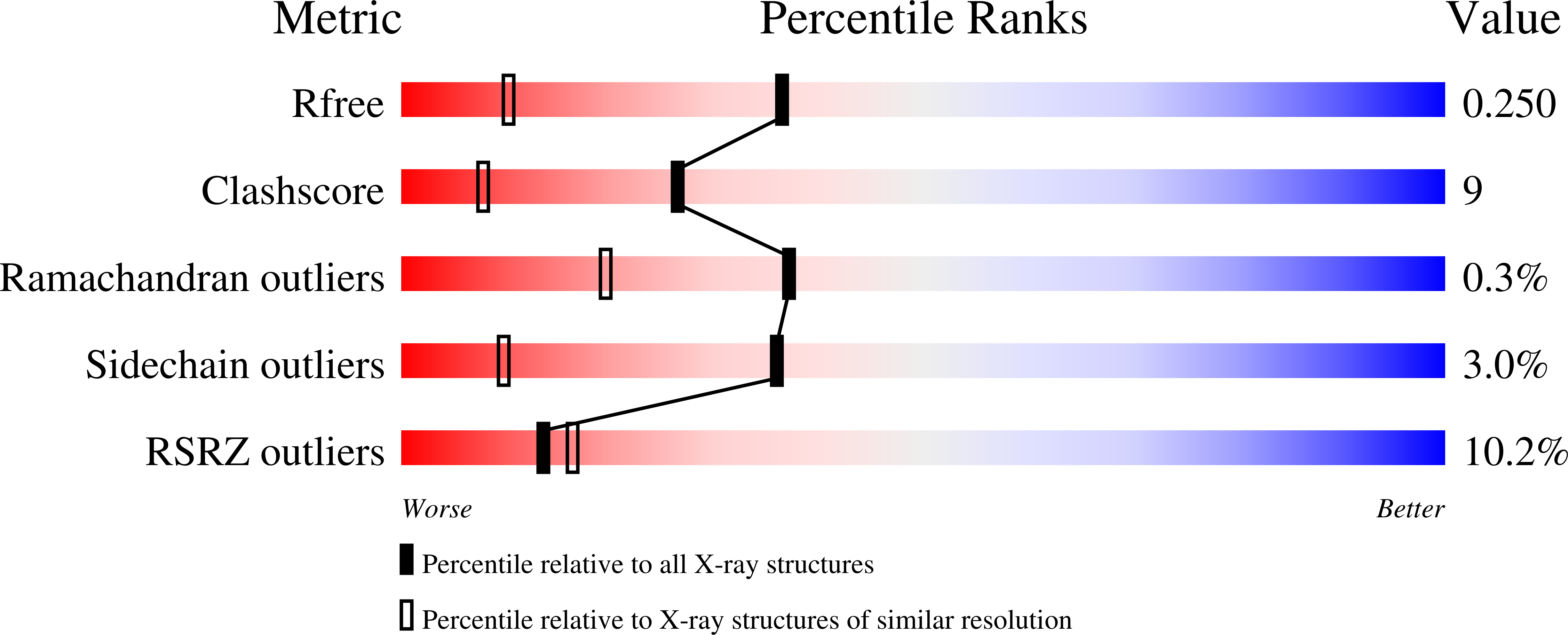
Deposition Date
2023-04-30
Release Date
2024-09-04
Last Version Date
2024-10-16
Entry Detail
PDB ID:
8SOZ
Keywords:
Title:
Structure of the complex formed by human interleukin-2 and scFv 602
Biological Source:
Source Organism:
Homo sapiens (Taxon ID: 9606)
Host Organism:
Method Details:
Experimental Method:
Resolution:
1.64 Å
R-Value Free:
0.25
R-Value Work:
0.21
Space Group:
C 1 2 1


